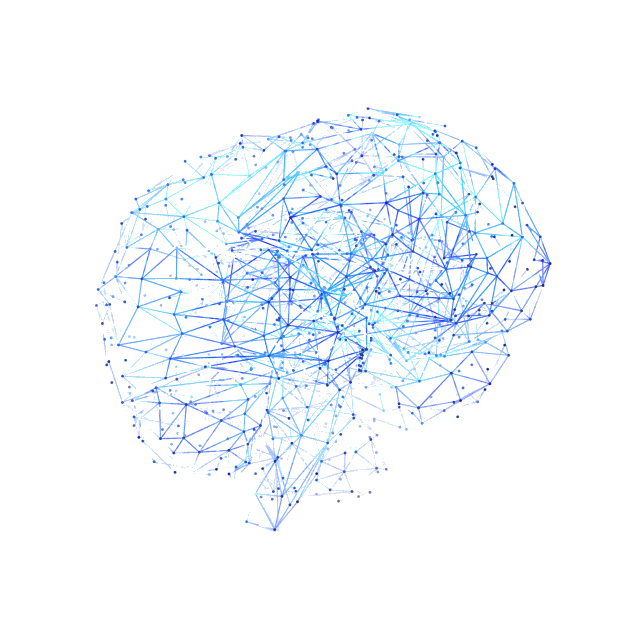- Women in Testing Newsletter
- Posts
- You’ve Got AI. Cool. But, Where’s the Strategy?
You’ve Got AI. Cool. But, Where’s the Strategy?
By Jessica Mosley

You’ve probably heard it in a meeting by now.
“We need to do something with AI.” “AI is the future, how do we capitalize on it?”
It sounds visionary until you realize no one in the room can explain what “something” or “the future” actually means. That’s the problem. Somewhere between flashy conference decks and trend-chasing roadmaps, AI became the macguffin instead of a tool to reach a defined goal, which is like handing someone a hammer and expecting a house to appear.
AI is not a vision. It is not a mission statement. It is not a leadership substitute. It is not a shortcut to product-market fit. It can do wonderful things like automate repetitive tasks, generate content, and find patterns faster than any human ever could. But AI doesn't know your customers, your bottlenecks, or your business objectives. It will not fix dysfunction. It simply accelerates whatever you already have in place, whether it is working or not.
In software teams, especially, AI can be genuinely transformative. It can help generate test cases from user stories before code is written. It can create smart test data, expose edge cases quickly, and assist in exploratory testing by surfacing anomalies in logs or user behavior. It can support testers, QAs, QEs, and automation engineers in elevating their work, especially for those who never thought they would have a voice. It can give people access to insights and support in ways they never had before. Roles that were often reactive now have the opportunity to operate with foresight. But none of that matters without a plan. Without a clear reason for using AI and a structure for how to implement it, the tech becomes noise.
So let’s cut through the noise. Let’s break down what AI is exactly, in its current form.
AI is:
A pattern finder
A task automator
A very confident content generator that sometimes… makes things up
AI is not:
A business goal alone
A replacement for leadership or a roadmap
A magic wand to reduce costs
Last year, I did a keynote talk, “Failing Forward”, at mabl Experience 2024. I spoke about seeing AI as the end-all be-all for the perfect team setup. Implementing AI successfully will be trial and error. During this trial and error, it may not be productive for the team, may cost much more than anticipated, and there will be MANY failures. The failures ENHANCE the progress towards adoption. They become learning lessons, but the real failure comes when an organization refuses to reflect, course-correct, and build with purpose.
This is backed up by the recent Orgvue survey, which found that more than half of the business leaders admitted later they may have made the wrong decision in laying off employees in lieu of AI adoption. The survey stated that 1 out of 4 executives who have shed workers to implement AI, 55% later regretted this. IBM, among others, is an organization that aggressively cut staff under the assumption that AI would be this miracle for their HR department. It was soon realized that AI could not fill gaps that required subjectivity or empathy, and eventually rehired many workers to deal with this.
If your AI plan begins and ends with "we should be doing something with AI", with no use case, no problem statement, or a measurable goal, you are not building a strategy. You are reacting to panic about being left behind. I am not here to beat up on AI or its use in technology. My issue is not the technology, but the absence of intent behind it.
Implementing any tool, process, or culture is where real leadership becomes essential. The right question is not what AI tool to use. The right question is, what problem are we solving? If the goal is clarity, speed, or reducing manual tasks, that should drive the decision. Map the need. Understand the pain points. Involve the people doing the work. When you begin with strategy, you end with impact.
I want leaders to understand how to use AI with purpose. Not because it is trendy, but because it supports something meaningful. No one is measuring by how early you adopt technology. You will be measured by whether you use it intentionally.
Three Takeaways
AI is only as useful as the strategy behind it. Without direction, it becomes noise.
You cannot fix unclear goals or broken processes by adding more technology.
AI can be transformative if used in the right way.
Jessica Mosley is an award-winning Quality Engineering leader, speaker, and certified breaker of silos. With over two decades of experience across startups, mid-sized companies, and international enterprises, she has built high-performing teams that don't just test software, they elevate it. Jessica is known for championing quality as a strategic asset, blending human-centered leadership with automation, data, and the occasional reality check.
She has been called a “force of nature” in tech, but she’ll settle for “the one who says what everyone else is thinking”.
You can connect with her here
Reply